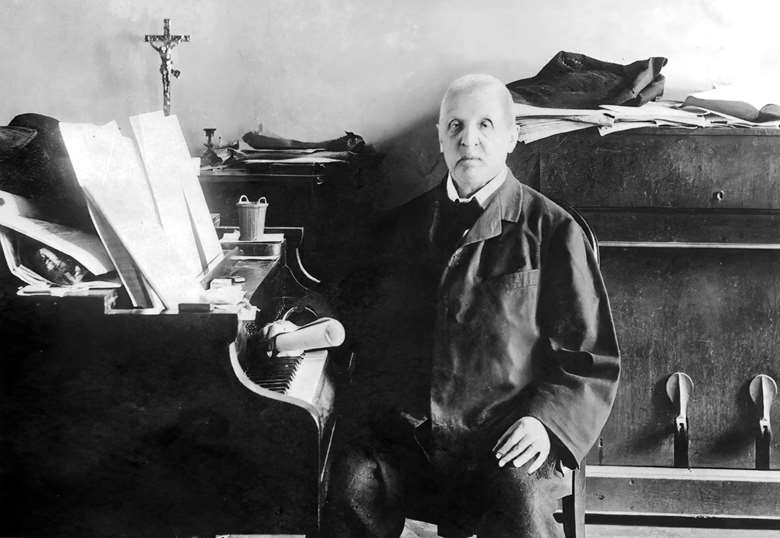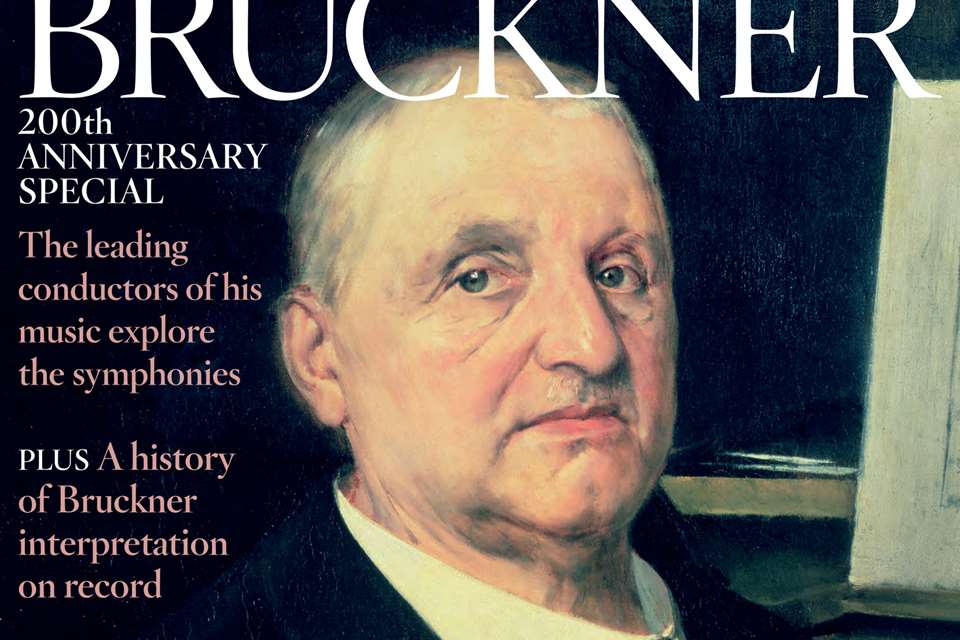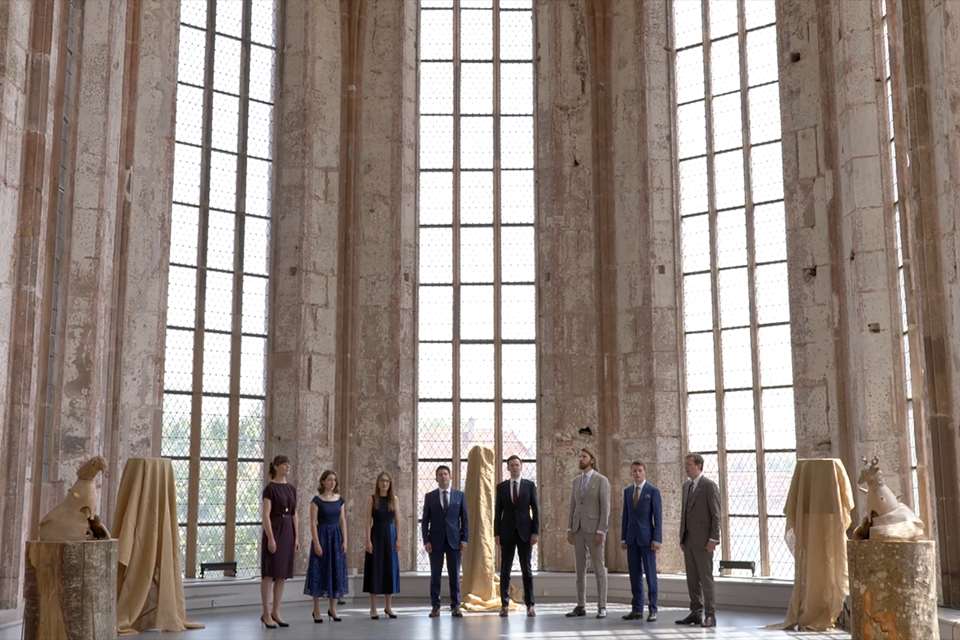Bruckner on Record
Richard Osborne
Tuesday, February 6, 2024
Richard Osborne traces the development across a century of the composer’s music on record, highlighting some of the milestones in sound and style

Register now to continue reading
Thanks for exploring the Gramophone website. Sign up for a free account today to enjoy the following benefits:
- Free access to 3 subscriber-only articles per month
- Unlimited access to our news, podcasts and awards pages
- Free weekly email newsletter











